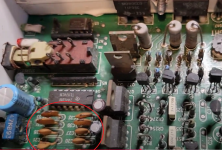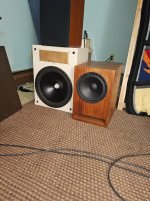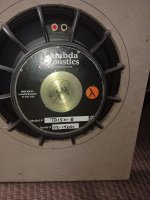I've been into audio for as long as I can remember - building simple amps when I was a kid and more recently more involved projects, like a passive preamp project, some DAC stuff and a small music player for my kids. I've always wanted to build speakers and I just took the first step - I'm currently building a pair of compact bookshelves (Soundblab's Dynamites). I love the idea of designing/building something like a pair of line transmission speakers, but I'll build up to that!
So, now I want to design my own, and I thought I start with something simple - I have a spare pair of spare Dayton Audio DSA90-8 full-range drivers that I thought would be a good place to start. These will be used for near-field, probably without a sub. I used Dayton's recommendations for enclosure side and modeled three options, a sealed enclosure, a ported enclosure and a passive radiator option with Dayton's matching DSA90-PR.
I've done a lot of reading (/lurking), and it seems that a good option with this driver is a single driver in a small cabinet, or a larger cabinet that also has a woofer to add some bass. I wanted to keep things simple to start with, so I'm looking at the single-driver option. Maybe I'll have a stab at crossover design next time!
The enclosure sizes are 0.04 cuft for sealed, 0.06 cuft for ported and passive radiator.
I'm using WinISD so I added the specifications for the DSA90-8 and DSA90-PR and modeled a few options. Orange is sealed, green is ported and purple is passive radiator.
Transfer function magnitute. The passive radiator seems like the most linear response.
Cone excursion. This one I'm less certain on what to do with this information. I think it means that a high-pass filter would be needed with the ported enclosure? Would is be recommended on all of these? I've seen recommendations for high-pass filters to protect the drivers on full-range designs.
Cone excursion (PR). It seems that a single passive radiator is sufficient in this design
Air velocity. It seems that 25m/s and below are considered safe, from my research, so there shouldn't be any chuffing on the port. This is a 1" diameter port.
From this, my takeaway is that the passive radiator design seems to give the smoothest response and have the least compromises, although the ported design will go slightly lower and have a bass lift before rolloff. Is that accurate? I would assume the bass in the ported design could be tamed with a high-pass filter?
I know that placement of the driver on the baffle, and baffle size make a difference, but I'm not sure how to model this. Does anyone have any recommendations on where to start with that?
I'm really new to this but I'm trying to research as best I can so please be gentle! Any recommended reading would also be appreciated! I know that's a lot of questions, but I'm not quite sure how to get answers to them all.



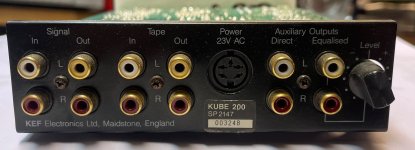
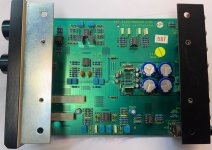
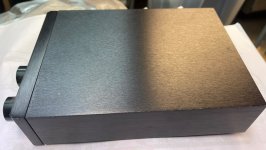
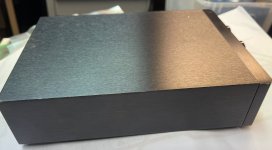
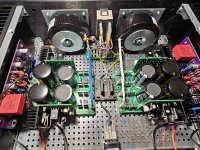
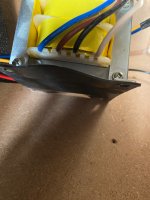
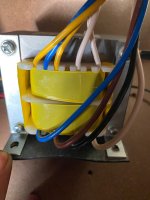
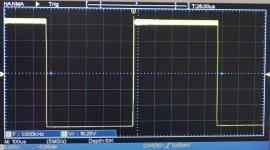
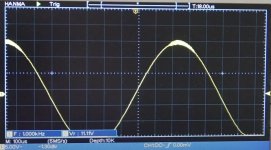
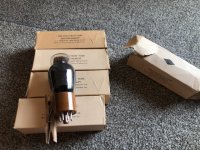

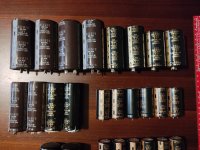
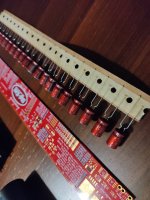
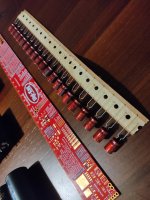
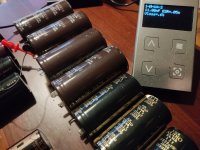

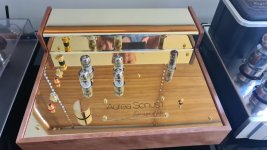
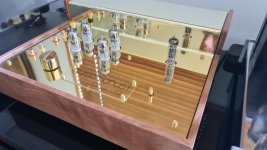
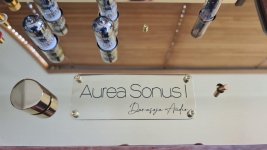
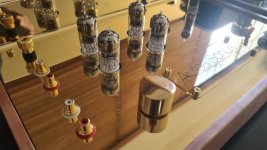

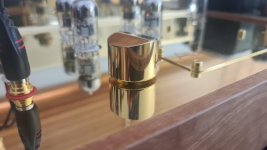
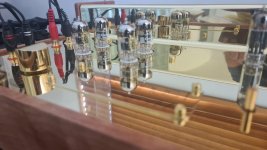

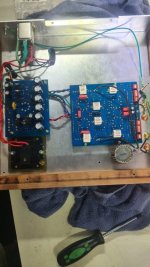

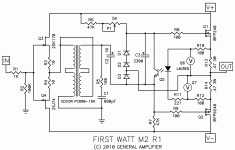
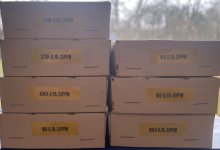
![IMG_20250127_162900_706[1].jpg IMG_20250127_162900_706[1].jpg](https://www.diyaudio.com/community/data/attachments/1321/1321788-5f3f70c53af2e80f528bc1ac6cccfc96.jpg?hash=VyFCmtm2Rq)
![IMG_20250127_162928_016[1].jpg IMG_20250127_162928_016[1].jpg](https://www.diyaudio.com/community/data/attachments/1321/1321789-0833e62c9527b1e93ca4e658dbefc1ab.jpg?hash=JeNFazuEN3)
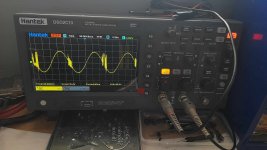
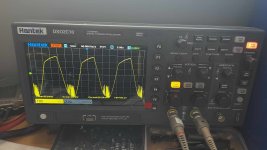
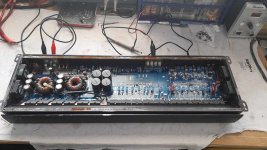
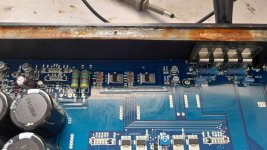
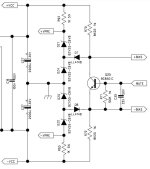
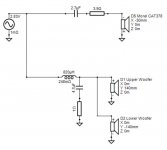
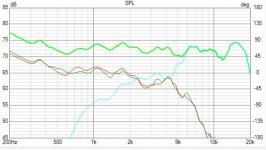
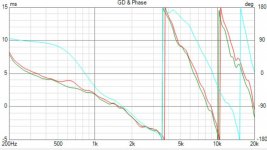
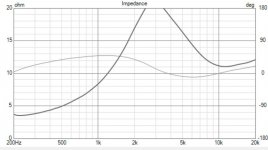
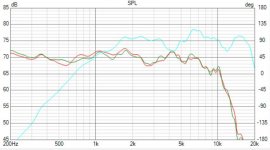
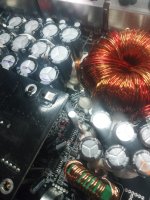
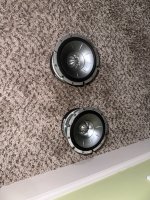
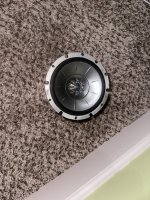
![20250105_123121[1].jpg](/community/data/attachments/1311/1311007-9e40e9823c88c640ff2f38a178c438cf.jpg?hash=uMl5Ku3kYb)
![20250105_123147[1].jpg](/community/data/attachments/1311/1311008-32d75962c457d8821adeaaf27c4e8843.jpg?hash=sKZRbz2eow)
![20250105_125631[1].jpg](/community/data/attachments/1311/1311009-82c73a137e7bce80774096b0f22707d0.jpg?hash=-dcbbH0oAW)
![20250105_123134[1].jpg](/community/data/attachments/1311/1311010-ca55afcd643b4ce73ede6e0ea2fbb284.jpg?hash=iGuKoMyLtU)
